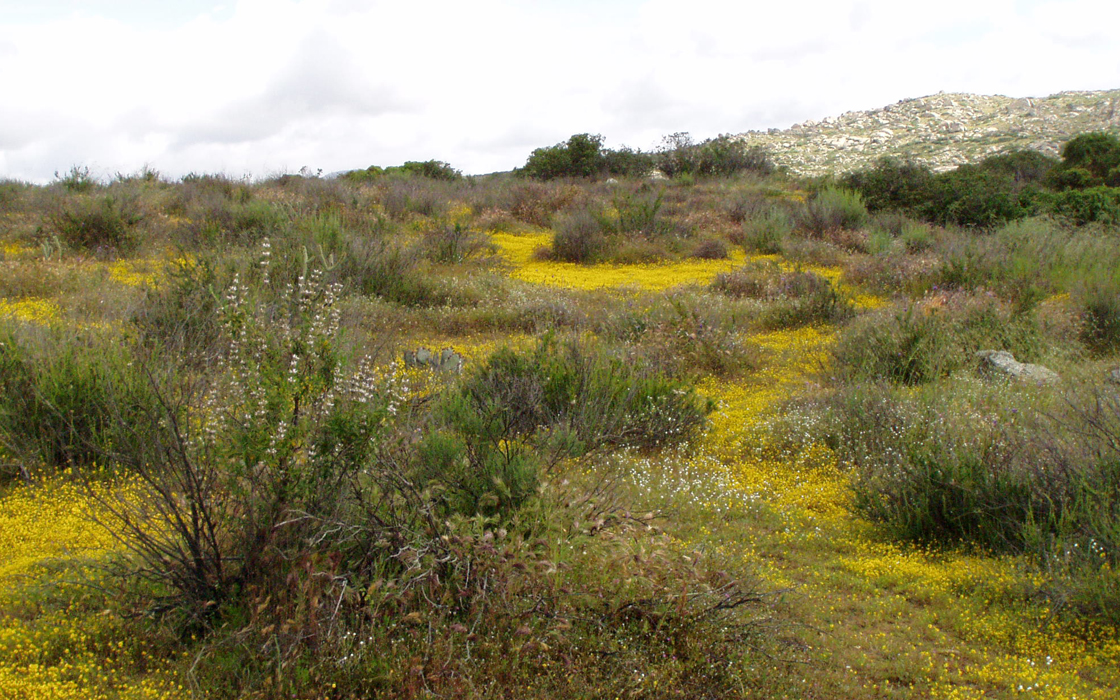





CNLM Research
CNLM staff conducts applied research when needed to protect or assist in the recovery or restoration of imperiled species and habitats. Restoration and stewardship are guided by scientific principles and adapted by our professional staff to specific conditions. Given the resources required to effectively conduct applied research and the potential risk to the threatened species under our care, research is only undertaken when information is critical to the species or habitat and is not reasonably extrapolated from existing information or scientific principles. Click here to review our stewardship policy.
Some recent and current examples of CNLM applied research include development of prescribed burn and artificial regeneration protocols for South Puget Sound prairie habitats in Washington, comparisons of (non-native) vegetation management techniques to enhance or restore habitat for listed species, habitat enhancement trials (including artificial burrow installation) for the burrowing owl in California, development of appropriate grazing protocols for enhancement of rare and listed plant species on alkali grasslands, and genetic studies of several listed plant species in California for the purpose of preparing genetic guidelines for restoration and management.

